____________
In the 1970s and early ’80s, the East German Olympic program employed the electronic composer Martin Zeichnete to create workout soundtracks for the GDR’s teams — shimmering, motorik pulse-music that, in combination with a top-secret doping program, would aid the athletes in their goal to become the ultimate Menschen-Maschinen. Now, Edinburgh’s Unknown Capability Recordings has collected some of Zeichnete’s work as Kosmischer Läufer: Cosmic Music of the East German Olympic Program 1972-83. In an interview published in Slow Travel Berlin, Zeichnete discusses how he was influenced by West German artists like Kraftwerk, Cluster, and Neu!; he discovered the music — banned in the GDR — by listening to Düsseldorf radio broadcasts he managed to pick up in his native Dresden. As an amateur runner, he had the idea that hypnotic, repetitive music might help athletes focus. When, in 1972, the German-Brazilian inventor Andreas Pavel introduced the Stereobelt, a predecessor of the Walkman, Zeichnete knew how to make his dream a reality. Strangely, a Google search for “Martin Zeichnete” only turns up links related to the compilation; a Google search for German-language documents returns no results at all. (Indeed, “Zeichnete” — which is also the third-person preterite of “to draw” — doesn’t appear to be a common German surname, although “Drew” does happen to be the name of one of the label’s founders.) The interview published in Slow Travel Berlin turns out to have been published on Scribd.com by Unknown Capability Recordings, the label responsible for the anthology, back in February. Neither interview includes photographs of Zeichnete, and he doesn’t appear in a series of promotional videos for the release. And the more you listen to the music, the more it begins to sound both too pristine, given the tapes’ alleged age, and too stylistically perfect in its aping of Neu! and Kraftwerk.

_____________
Very strange and bizarre footage which purports to show a weird stick-insect type creature, crawling down some buildings in Russia.


_____________
A girl who was reported to have died after being hit in the head with a shovel is still alive – despite a hoax death article being posted on the internet. Last week, a video of a girl getting hit in the head with a metal shovel generated a whopping 500,000 views in the first two days of being uploaded online. Rumours circulated on the internet soon after that the teenage girl suffered serious head injuries and dropped dead while she was watching the movie Mean Girls at home. A now deleted iPhone clip shows two girls called Miranda and Emily fist fighting over Emily’s boyfriend, who threatens her rival with an air soft gun which shoots plastic BBs. Instead, when Miranda charges at her, Emily picks up a metal spade and throws it at her with full force. It hits Miranda in the back of the head, who then falls on the kerb, cracking the side of her skull on the road.


_________
Wrestling is fake




______________
Cast your mind back to 2003 and you’ll remember two Russian pop stars who dressed in school uniforms, sung about being lesbians and snogged on stage a lot. Yes, we are talking about t.A.T.u. and their Number 1 single “All The Things She Said”. Speaking on Russian TV, one half of the duo, Yulia Volkova, said that she would not accept her son as gay, because men are made to have sex with women and make babies and anyone who doesn’t is wrong. “Yes, I would condemn him” she said, “because I believe that a real man must be a real man. God created man for procreation, it is the nature. The man for me is the support, the strength of… I won’t accept a gay son.” But before you get on your high horse and say that fake lesbian Yulia doesn’t like gay people, she also says being homosexual is still “a little better than” killing people. “I just want my son to be a real man, not a fag,” she said. “I believe that being gay is all still better than murderers, thieves or drug addicts. If you choose out of all this, being gay a little better than the rest.”
______
Hotelicopter



_____________
In 2009, a strange Facebook account appeared out of nowhere and friended people en-masse. The name on the account was Junko Junsui, and she had a message for anyone willing to listen. Thus began a strange mystery that would continue for years to come, as countless people across the internet became enamored of Junsui, her story, and the shadowy organizations she claimed were hiding in plain sight. Some people actually accepted the seemingly random request, and, upon investigating further, found that Junko was not just a friendly Russian beauty, as her profile initially made it seem. Rather, she appeared to be a part of a weird alternate reality game involving a terrorist group called ‘The Junsui,’ Russia, and private military companies—all of which were warring with one another across the internet. Many found untangling Junko Junsui’s web to be a thrill, which makes sense: the confusing premise seemed as if it was lifted straight out of a Metal Gear Solid plot. Shadowy organizations, corrupt governments, overzealous groups defined by genetic modification, a huge conspiracy: Junko Junsui delivered on all fronts. But more than that, people found the entire thing disturbing, too. One of the most notable early clues in the ARG led players to discover video clips of a woman trapped inside of a room. If there was a “puppet master” behind it all, that person seemed particularly antagonistic toward people who participated. Junko Junsui is said to have became irate in her Facebook posts whenever people posted her communications on forums, sometimes allegedly outing anonymous participants who believed they were just playing a game. In the end, there was no grand conspiracy. There were no terrorist groups, and no shadowy government organizations. There was only a slick game that got out of hand, and players that desperately wanted to believe in something.
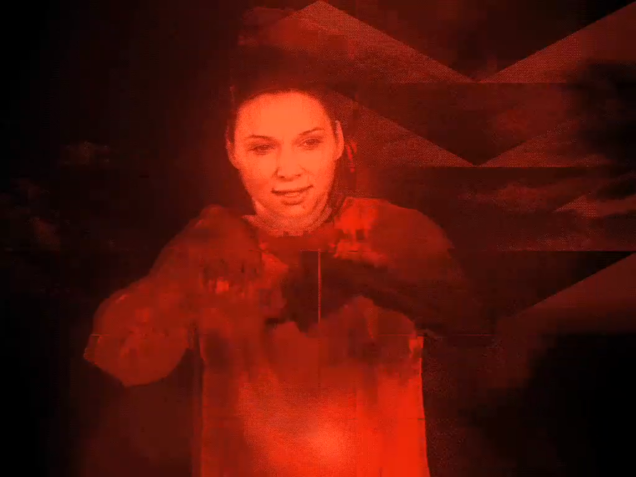

_____________
This photo, taken by Jim Templeton, shows his daughter sitting in a marsh in the north of the UK. However, what makes this photo interesting is the fact that Templeton claims there was no one standing behind his daughter when he took the picture. It is clear to see that in the photo, which Kodak have examined and confirmed has not been tampered with, there is a figure which seems to resemble a ‘spaceman’ in full astronaut clothing. This has lead to many ‘believers’ claiming that Solway Firth, the location the picture was taken, could be an area of ”space-time displacement” that allows ‘non-Earthlings’ to be seen and captured on film. The most likely explanation is that photographer’s wife is stood in the background, with her back towards the camera and her blue dress appearing white due to overexposure.

_______________
In 1770, an astonishing robot was unveiled that possessed the artificial intelligence needed to defeat any human players in a game of chess. Nicknamed “The Turk,” this animatronic chess champion was created by Wolfgang von Kempelen, and it toured Europe and America until it was destroyed in a fire in 1854. That’s when it was revealed it wasn’t a robot at all, but an elaborate hoax, with a human chess master hiding inside The Turk all along.


______________
Irena Kolokov was caught off guard when she turned up to meet her boyfriend, Alexey Bykov, 30, but found what appeared to be a horrific car accident when she arrived. “We’d arranged to meet at a certain place, but when I arrived there were mangled cars everywhere, ambulances, smoke, and carnage,” Kolokov told Orange News. “When I saw Alexey covered in blood lying in the road, a paramedic told me he was dead, and I just broke down in tears.” His face covered in fake blood and his head wrapped in gauze, Bykov staggered up to his love, who was so distraught that when her boyfriend approached her she shoved him off while crying uncontrollably. “I wanted her to realize how empty her life would be without me and how life would have no meaning without me. I think it worked,” he said.


______________
This is a Moon Melon, scientifically known as asidus. This fruit grows in some parts of Japan and it’s know for its weird blue color. What you probably don’t know about this fruit is that it can switch flavors after you eat it. Everything sour will taste sweet, and everything salty will taste bitter, and it gives water a strong orange-like taste. This fruit is very expensive. It costs about 16000 JPY (which is about 200 dollars).

_____________
Naked Came the Stranger is a 1969 novel written as a literary hoax poking fun at contemporary American culture. Though credited to “Penelope Ashe”, it was in fact written by a group of twenty-four journalists led by Newsday columnist Mike McGrady. McGrady’s intention was to write a deliberately terrible book with a lot of sex, to illustrate the point that popular American literary culture had become mindlessly vulgar. The group wrote the book as a deliberately inconsistent and mediocre hodge-podge, with each chapter written by a different author. The book was submitted for publication under the pseudonym “Penelope Ashe” (portrayed by McGrady’s sister-in-law for photographs and meetings with publishers). The publisher, Lyle Stuart, was an independent publisher then known for controversial books, many with sexual content. According to Stuart, he appropriated the cover photo (a kneeling nude woman with very long hair down her back, photographed from behind) from a Hungarian nudist magazine. By the end of the year, the book had spent 13 weeks on the New York Times Best-Seller List. As of May 2012, the book’s publisher reported the book had sold 400,000 copies.
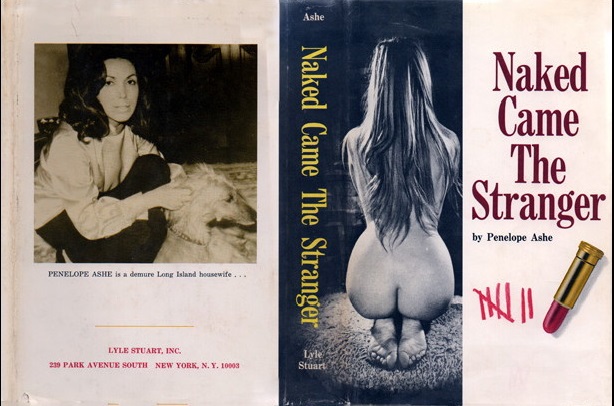
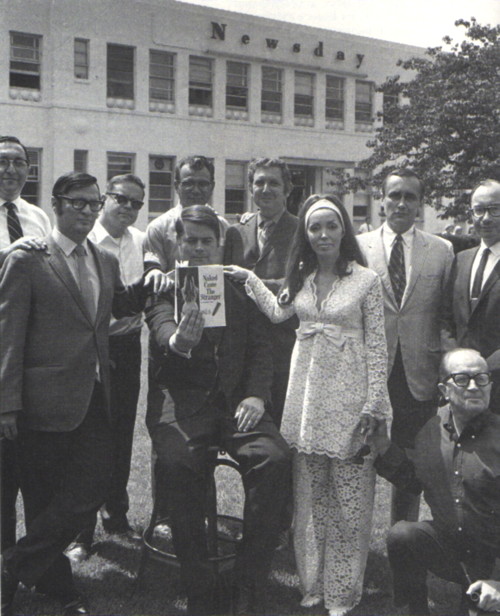
______________
A 1931 photo in the Berliner Illustrirte Zeitung showing the US Navy airship “Los Angeles,” blown by a gust of wind, lifting a ship into the air.

______________
Erik Nordenankar’s self-portrait – which straddles the entire globe – was allegedly created by tracing the route taken by the specially-primed case on its 55-day journey around the world. The artist claimed he gave the case to DHL, the package delivery firm, with exact co-ordinates detailing the stages of its tour. When the package was returned to Stockholm he claimed he downloaded the GPS’s route memory to produce the enormous drawing above. It is composed of a single 110,00km-long line that passes through six continents and 62 countries. But after bloggers pointed out holes in Nordenankar’s claim, DHL confirmed that the artwork was an “entirely fictional project”.

___________
Michael Jackson is alive
Memorial Strangeness
Michael Jackson This is it backwards
Michael Jackson Death Hoax – LaToya’s best slip ups
MICHAEL JACKSON IS ALIVE, I SAW HIM IN PARIS !
______________
In June of 1972, a woman appeared in Cedar Sinai hospital in nothing but a white, blood-covered gown. Now this, in itself, should not be too surprising as people often have accidents nearby and come to the nearest hospital for medical attention, but there were two things that caused people who saw her to vomit and flee in terror.The first being that she wasn’t exactly human. she resembled something close to a mannequin, but had the dexterity and fluidity of a normal human being. Her face, was as flawless as a mannequins, devoid of eyebrows and smeared in make-up. From the moment she stepped through the entrance to when she was taken to a hospital room and cleaned up before being prepped for sedation, she was completely calm, expressionless and motionless. The doctors thought it best to restrain her until the authorities could arrive and she did not protest. They were unable to get any kind of response from her and most staff members felt too uncomfortable to look directly at her for more than a few seconds. But the second the staff tried to sedate her, she fought back with extreme force. Two members of staff had to hold her down as her body rose up on the bed with that same, blank expression. She eventually fought herself free, causing serious injuries to the staff members, then walked out of the hospital. There was never a sighting of her again.
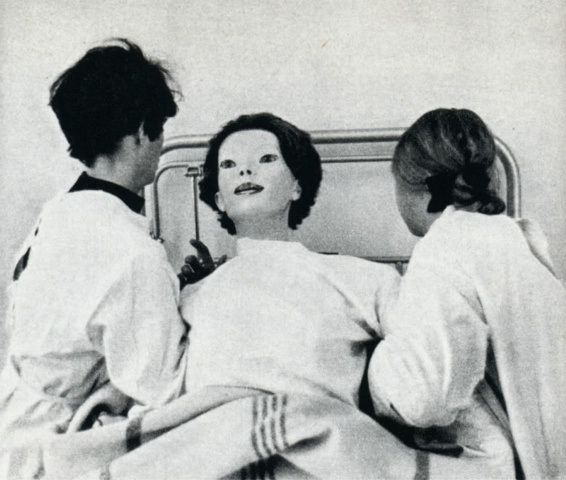
_____________
A living Wooly Mammoth shot by a German camera man in 1943 while being transported to Siberia.

_______________
It seems almost incredible that Ursula Bogner’s musical talents should have remained undiscovered until now. Yet in view of her biography, this might have been just as inevitable. It was on a flight to Vilnius that I met Sebastian Bogner, Ursula’s son, who told me he was on a business trip for a pharmaceutical company. The usual small talk soon led to the topic of his mother Ursula, who also ‘liked to play around with synthesizers’, albeit purely on an amateur level and in a dedicated music room fitted especially for this purpose in the parental home. In the late 1960s, Ursula Bogner started to record her own music on reel-to-reel tapes. With some of these titles, we only found individual tracks of pieces recorded on a four-track-recorder – in these cases, I had to recombine the separate tracks to recreate the original piece. Unfortunately, I could not involve Ursula Bogner in the mixing process as she passed away in 1994. Invoking the original’s authenticity might seem insensitive, yet there was no other way to release them in their entirety. Ultimately, only three of the tracks featured on this CD/LP are such ‘reworkings’. All other titles were taken straight from the original reels. Covering a fairly short period of her creative career, they also convey a peculiar coherence in both form and content. A coherence that reflects her accessible, rhythmic and sometimes even ‘poppy’ side. Naturally, my own preference played a part in the selection process. All my personal favourites made it on the CD/LP, and whenever I listen to this collection, I invariably succumb to the titles’ light-hearted nonchalance. This might leave many hours of undiscovered gems, but a further compilation is already in the works.

________
Miscellaneous











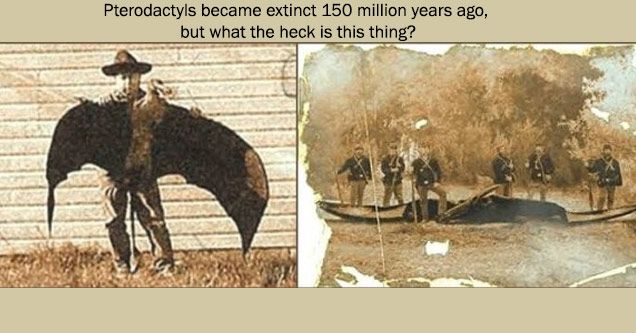
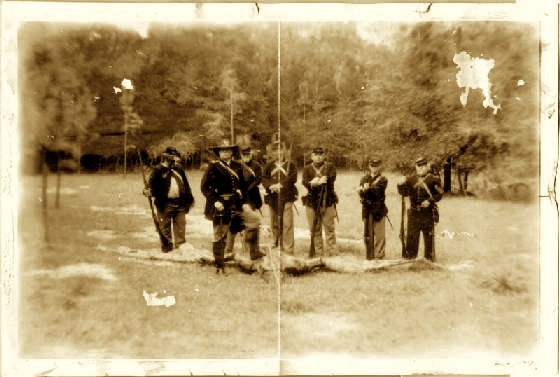
_____________
Donald Charles Alfred Crowhurst (1932–1969) was a British businessman and amateur sailor who died while competing in the Sunday Times Golden Globe Race, a single-handed, round-the-world yacht race. Crowhurst had entered the race in hopes of winning a cash prize from The Sunday Times to aid his failing business. Instead, he encountered difficulty early in the voyage, and secretly abandoned the race while reporting false positions, in an attempt to appear to complete a circumnavigation without actually circling the world. Evidence found after his disappearance indicates that this attempt ended in insanity and suicide.

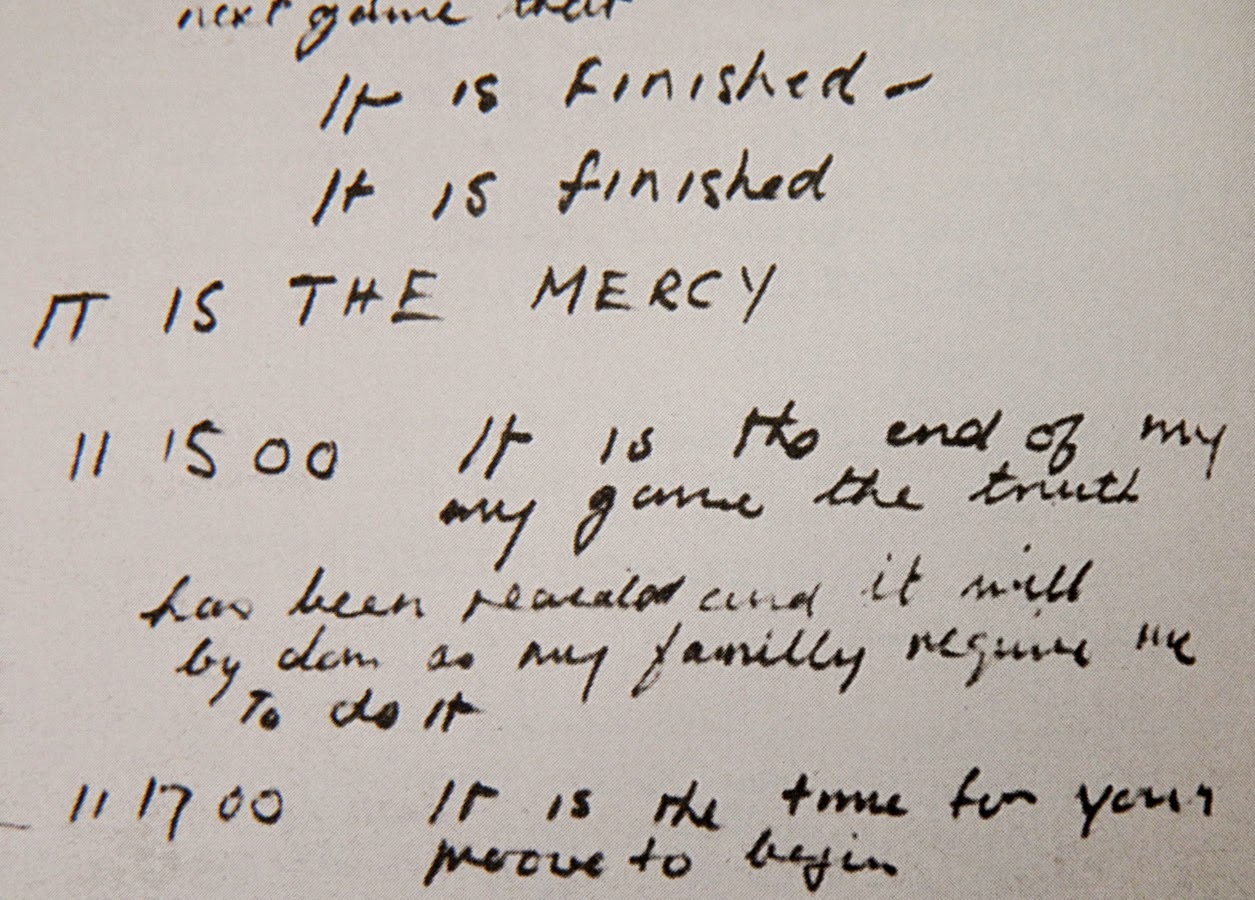
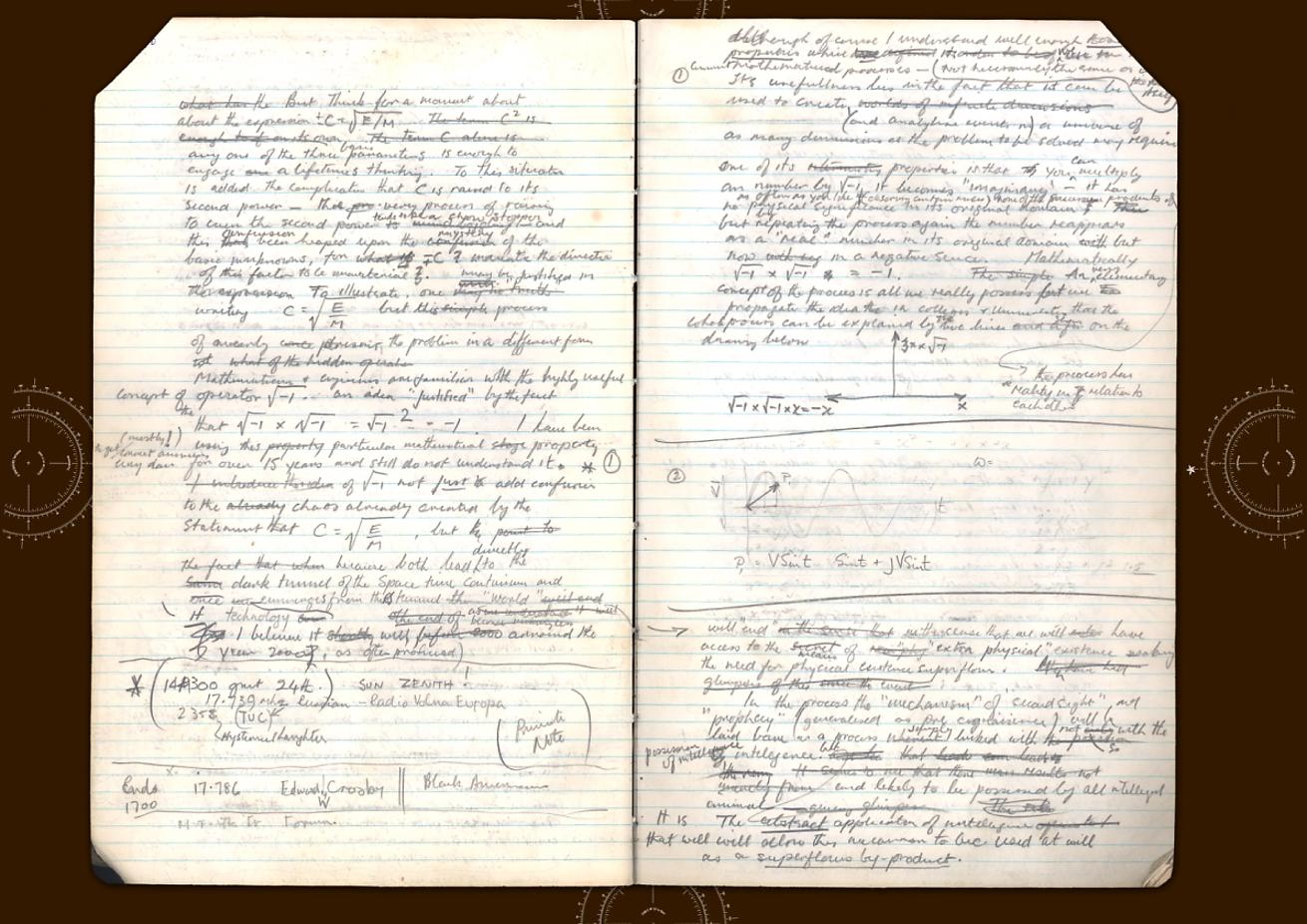
______________
We found out recently, through conducting customer surveys, that the crust is overwhelmingly the most popular part of the pizza experience, and also that the majority of Domino’s devotees crave extra crust once they’ve finished their meal. These findings, along with our love of surprising people and pushing boundaries, led us to the Edibox. With every future Domino’s delivery, you’ll see the Edibox upgrade option: double the dough to enjoy alongside double the glorious garlic and herb dip. And the best bit? You won’t have to fight to fit that square box into a round bin – this is a waste-free dining experience.

______________
When three young men in Georgia claimed to have run over an alien in 1953, they caused a media frenzy. The 2ft hairless, creature with eerie, dark eyes was quickly confiscated and taken to Emory University to be examined. Experts revealed it was in fact a Capuchin monkey that had been made to look alien by having its tail cut off and fur its removed with depilatory cream. It was then the boys confessed that they’d come up with the idea over a card game. One of them bet his friends $10 he could get himself in the local paper within a week. He bought the poor monkey at a petshop, gave it a lethal dose of chloroform before removing its hair and tail.
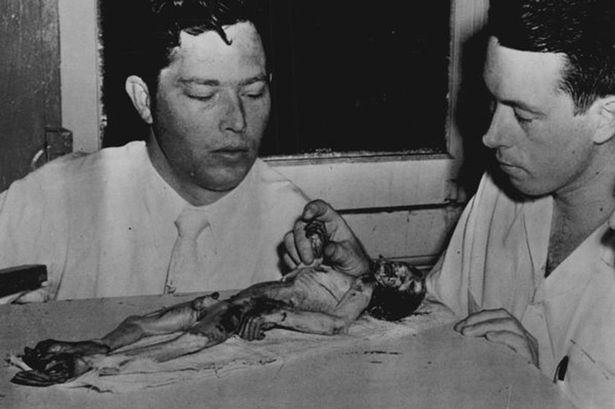
______________
Nat Tate was an imaginary person, invented by writer William Boyd and created as “an abstract expressionist who destroyed ‘99%’ of his work and leapt to his death from the Staten Island ferry. His body was never found.” Boyd published a book about Nat Tate as a real biography. Gore Vidal, John Richardson (Picasso’s biographer), and David Bowie were all participants in the hoax. “Nat Tate” is a combination of the names of two London art galleries, the National Gallery and the Tate Gallery. Boyd and his conspirators set about convincing the New York glitterati (social elites) that the reputation of this influential abstract expressionist needed to be re-evaluated. Bowie held a launch party on April Fool’s Day eve, 1998, and read extracts from the book, while Richardson talked about Tate’s friendships with both Picasso and Braque.

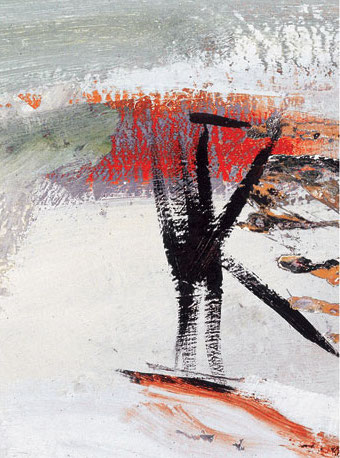
______________
Ashley Casey Martin reportedly posted photos of herself with what appeared to be injuries — or at least what she thought appeared to be injuries. What she posted with the photos led to her post going viral. In fact, the use of makeup (in particular, black eyeliner and shadow) appears to be more than a little obvious. In fact, it looks similar to the eye makeup used by at least one member of the band The Misfits. Are they her inspiration for this harebrained hoax?

________________
This incredible video of an eagle swooping down and snatching a toddler with its talons from a Montreal park has been watched more than 1.2 million times. Social media verification experts at Storyful point to evidence of fakery, including Twitter user @thornae’s animated GIF showing inconsistencies with the eagle’s shadow. New Statesman writer Alex Hern also points out that “there is the slightly odd motion of the child after the eagle lets go of it. Not only does it carry on going up — which would just be momentum — but its ascent actually speeds up a bit before falling.”

_____________
While cleaning up after the 1959 Tulare County Art League exhibit in Visalia, California, a group of janitors and maintenance men remarked to each that they could make “modern art” that was just as good. So the next year, they set out to prove it. They took a piece of scrap metal from which holes had been cut for door latches, and they painted it black. One of the group remarked that the metal vaguely resembled the shape and size of a cat. So they titled the piece “Peterfid Tomcat” — deliberately misspelling the word “petrified.” And as a finishing touch, they put a $350 price tag on their creation. Then they snuck their piece into the display area of the exhibit. Its presence raised no eyebrows. In fact, it was promptly awarded a ribbon for merit.


________________
This photo shows the Cooper family sitting around a table, just days after they had moved into their new family house in Texas. What the family was unaware of is that when the photograph was developed, the image of what appears to be a falling body emerged in the left hand side of the room. Although the photo has been cropped, hence the family not appearing in the centre of the image, it was examined by experts, and deemed to be genuine. But as film was so expensive in the 1950s, it was common for people to re-use film. This meant that two separate images could be developed on top of one another.
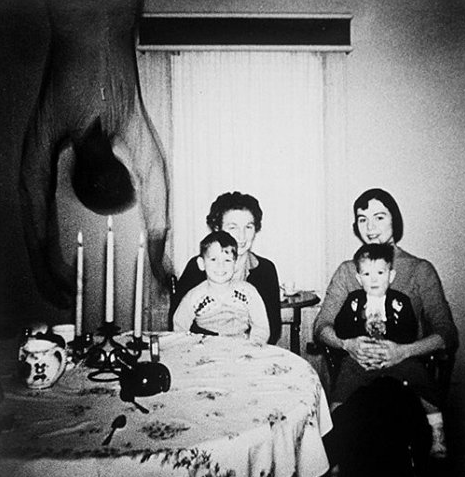
_________________
A video apparently showing an cocky Italian teenager lying under a speeding train has tuned out to be a fake. The 26-second YouTube clip shows the prankster seemingly lying down on tracks in Perugia, Italy, before goading an oncoming locomotive as it races towards him. Seconds later he lies flat on the track as the train appears to whizz over him at high speed.



_______________
In September, 1726 Mary Toft began to give birth to rabbits. The local surgeon, John Howard, responded to her family’s summons and hurried to Mary’s house where, to his amazement, he helped her deliver nine of the animals. They were all born dead, and they were actually rabbit parts rather than whole rabbits. Nevertheless, this didn’t lessen the amazing fact that she was giving birth to them. Then, when a famous London physician, Sir Richard Manningham, threatened that he might have to surgically examine Mary’s uterus in the name of science, she wisely decided to confess. She explained that she had simply inserted the dead rabbits inside her womb when no one was looking, motivated by a desire for fame and the hope of receiving a pension from the King.
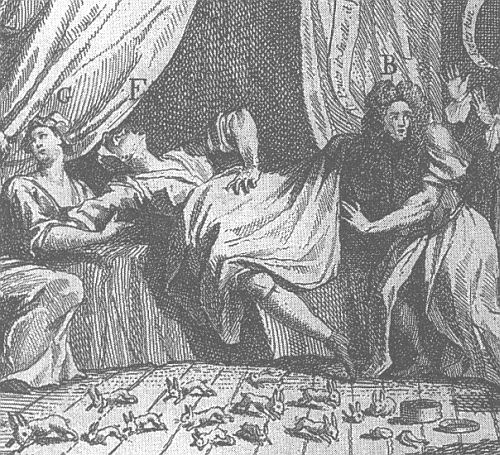
______________
Since his suicide in 1991, the literary reputation of Jerzy Kosinski has continued to sink. At one time he was one of the most promising writers on the American scene, pounding out three hits in a row-the cult classic The Painted Bird, Steps (winner of the 1969 National Book Award), and Being There (filmed in 1980 with Peter Sellers in the starring role). With their grisly violence and a sexuality bordering upon the sadomasochistic, the books raised Kosinski into the ranks of America’s celebrity class. He appeared repeatedly on The Tonight Show with Johnny Carson, played the role of Lenin’s stooge Grigory Zinoviev in Warren Beatty’s film Reds, posed for the cover of the New York Times Magazine, and presented the Oscar for screenwriting in the spring of 1982, watched by 600 million people. Even as his star was ascending, however, Kosinski was all but finished as a writer. His last six books became progressively more trivial, self-absorbed, and unreadable; and there drew closer the day of his exposure as a literary fraud. In June 1982, the Village Voice revealed that Kosinski (for whom English was a second language) had made extensive use of translators and collaborators to write all his books, and then had concealed the fact. George Reavey, a poet who was embittered by his own lack of literary success, complained to anyone who would listen that he wrote The Painted Bird. But Reavey was only one of several who could have made the same complaint, and not only about The Painted Bird. Being There so closely resembled a prewar Polish bestseller called The Career of Nikodem Dyzma as to deserve the charge of plagiarism. Kosinski never fully recovered from the Voice’s expose. The remainder of his life, as he himself said, was spent running from it.

______________
Are certain of the fake actors of the Sandy Hook hoax directly connected to the Rockefeller cabal? They are, regardless, all fakes and hucksters, that is those who claim that the event was real and testify to the same. There are no exceptions. All the people involved at the most crucial levels in Sandy Hook are actors playing a pre-determined role.
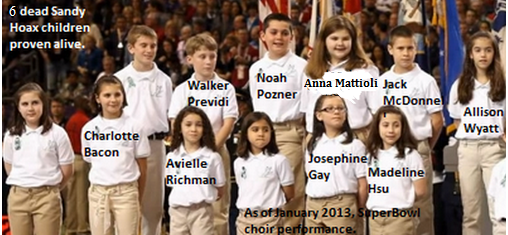



_____________
This photo seems to depict a man in what would be described as modern-day hipster clothing – in 1940s Canada. Sceptics were quick to attack the image, claiming it must be photoshopped, however, after much research it was confirmed that copies of the same picture are kept at the Bralorne Pioneer Museum in British Columbia, Canada. So is this guy a time-traveler or just a very modern looking 1940s man? Well its hard to tell. His clothes, sunglasses and modern looking camera could all have technically been made in 1940, however, historians have said it would have been extremely unusual to see a man walking around looking like this at the time. Kodak have confirmed that small cameras, like the one our ‘hipster’ appears to be holding were available in 1940, however were rare due to their high cost.
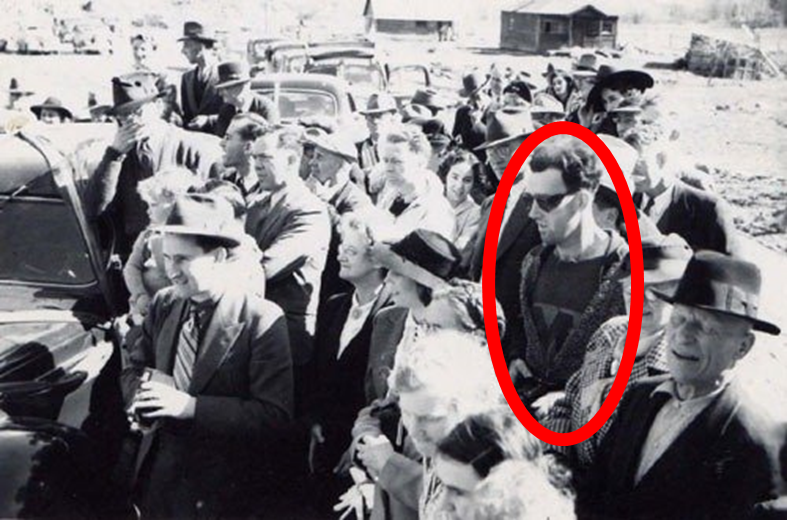
_____________
Benjamin Vanderford is a 22 year old banker who in his spare time enjoys video art, as well as music; Ben is also known as The Great White Hype on the label Record Label Records. He is an experimental freestyle rap artist, who records all his rapping in one take Last August, Vanderford was seen being decapitated on a tape which was quickly picked up by an Islamic website and then disseminated around the net and western media. The fact that the entire event was staged by a group of San Francisco friends was only made apparent when Reuters showed up at Ben’s apartment complex. For his side, Ben faulted the mass media for publicizing the stunt without first verifying that the video was genuine.




___
UFOs
_______________
John Ernst Worrell Keely was a US inventor from Philadelphia who claimed to have discovered a new motive power which was originally described as “vaporic” or “etheric” force, and later as an unnamed force based on “vibratory sympathy”, by which he produced “interatomic ether” from water and air. Despite numerous requests from the stockholders of the Keely Motor Company, which had been established to produce a practicable motor based on his work, he consistently refused to reveal to them the principles on which his motor operated, and also repeatedly refused demands to produce a marketable product by claiming that he needed to perform more experiments.
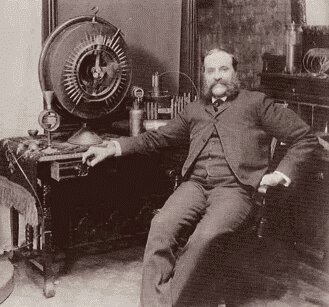
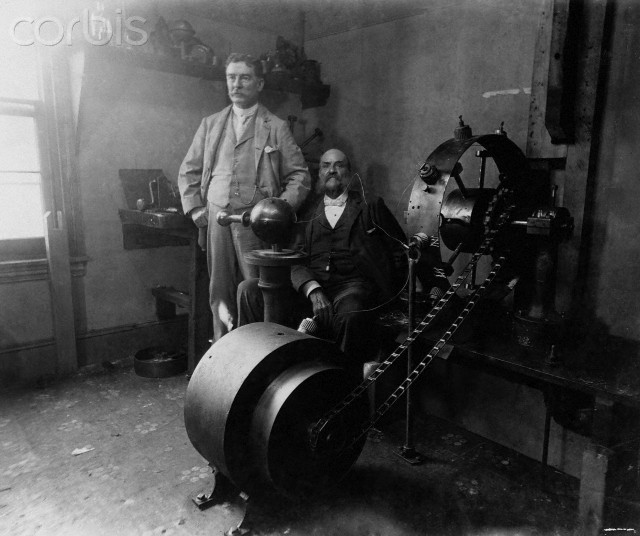
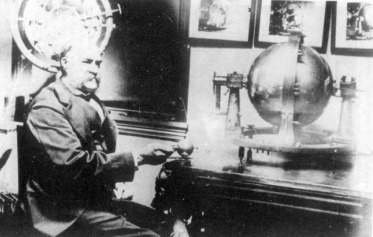
*
p.s. Hey. ** jay, Hi. ‘IYIP’ is one of those books I feel like everyone should read even though everyone should do whatever they want obviously. It’s kind of sublime though. I agree, that’s why I’m rarely drawn to films that have a premise, and more to films whose premises just state the setting or world of the films. Like ‘A family builds a haunted attraction in their home’, to use our film’s example. Something open-ended, and the film’s world is either charismatic to you or not. Exceptions being disaster films, I do love those. Failed goals, yes, totally. All of Zac’s and my films are about characters having ambitious goals and their failure to achieve them, and that carries through to the films themselves, although the films’ ‘failure’ is the point, not a mistake. When I get into that ROM world, I will share my thoughts. Thanks! Happy not having to celebrate Thanksgiving! ** _Black_Acrylic, It’s so good. I think you’ll really like it: ‘IYIP’. Ouch, I hope your dental surgery is as ‘whatever’ as that root canal I had a couple years ago. Sounded so intimidating but was just a mere slight hassle. Mickey Mouse ears! Dude, so extremely stylin’ (in my book)! ** Misanthrope, One can only hope their Walter Mitty-ish, power mongering dreams will clash with reality and practicality long before their fingers have a chance to get dirty. Happy Thanksgiving. I don’t know what the Greene Turtle is, obviously, but that extra ‘e’ on Green intrigues. Thanks about ‘Flunker’, man. ** James, I really recommend you go ahead and read the novel. I can’t begin to imagine you’ll be sorry. Nice you read the journal excerpts so closely. Never say never on publishing. You just never know. Who’d have thought my stuff would get in print. You can call me D-Dawg if you like. It would be a first, and that’s a plus. I think exploitation films are still in-process, but the term is too cancellable to be applied? I guess sub-shoulders hair would qualify as hippie-ish, although I guess if it’s just below the shoulders it’s maybe more skater-ish or, in some cases, ‘fem’? I wanted to make films as a teen, but then I took a filmmaking class in college and realised I didn’t have that talent on my own. Then for years and years I wanted to make the ‘Citizen Kane’ of porn films, but then Zac and I made our faux-porn or porn-addressing first film ‘LCTG’, and I realised I didn’t have that talent for either and that quite possibly no one does. Only time will tell is a cliche, but it’s true. Wait and see. I have two or three novels in manuscript that people sent me to read that I’ve been supposed to read for ages and haven’t, so I’ll read those. ‘Til Friday then, yes. ** Steve, No, I never had any contact with the Best Deaths guys. Happy your parents have company on Thanksgiving. ‘The End’, okay, interesting. I’ll look for it. ** Justin D, Read it. It’s great. I swear you’ll love it. I hope your Thanksgiving get together stays civil if not even, dare I hope, joyful? I’m so happy to be over here and have Thanksgiving as an increasingly distant memory. Never went well. I’ll listen to that track, thank you! Trauma Ray is a nice name. I’ll try to find some addictive track and share it back with you. Enjoy the … turkey, I guess? I’m near-lifelong veg, so I only ever ate the mashed potatoes and pumpkin pie myself. ** Steeqhen, Hi, S. Oh, cool about UCC. Score on the 10 books. Anything particularly mouth watering? High hopes and fingers scrunched/crossed re: you and the prestigious journal. I’m waiting to hear if Zac’s and my new film get into a prestigious film festival, so maybe we’ll give each other luck. Weather’s nice here if you like cold-ish weather. It’s not burdensome cold yet. Brisk. A little too wet, but hey. It used to get scary cold here years ago, but it hasn’t in recent years. There’s no predicting anymore though, I guess. Stay warm. Sit near the fireplace. ** Lucas, Oops. Right, just pass and don’t worry about it. I did that in high school, i.e. aim for D’s or maybe C’s because I wasn’t hoping to go Yale or Harvard or anything. Zac and I wandered all over the 10th and the Marais checking out as much art as time allowed. Highlight was the big Arte Povera show at Pinault Collection. Pretty great. Otherwise, some good stuff, nothing that blew our heads off. Amazing dinner though. If one is veg, Potager du Marais is kind of heaven. Ooh, a tiny novella. I like the sound of that. I’ve noted it. Do read the Welch novel. It’s so good, I’m sure you’ll like it. Today I’m going to check out the Xmas carnival in the Tuileries. The dark ride is cool because they just take a usual ‘scary’ dark ride and put Santa Claus hats on the mechanical monsters and play slowed down Xmas music instead of the usual Death Metal, and it’s usually pretty ridiculous aka fun. And this and that. How was your Thursday? ** HaRpEr, It’s a great favorite book. It’s one of mine. And, yes, the secretiveness is key to its greatness, and how the prose acts so innocent. I think the first, like, three-quarters of ‘A Voice Through a Cloud’ is astonishing, but then you can really feel him fading out and dying, which is interesting, but also sad to watch the glory sort of conk out. Wow, that’s fantastic about the Dahl/Welch punishment. Wow. ** Uday, Yes! The great and powerful and weak and tender and sneaky Mr. Welch! I lustrously await your email and blog ideas. Thank you so much again. Honored. I’m going to a Xmas Fun Fair today so I might actually frolick and not just mentally. ** Joe, Hey, Joe! I know, so great, that book. Singular. Yes, I am infinitely sorry for being out of touch. I’m kind of really mentally swamped in recent times. But I’m getting better. We’re possibly on the cusp of solving our film’s biggest problem, and, if that works, life and attentiveness will improve immensely, and if doesn’t, … I don’t even want to think about. Anyway, so sorry, really, and I’ll get to you as soon as I possibly can. I hope you and our surroundings are at their best. ** Right. Today I present a whole bunch of hoaxes to you, and the cool thing is that all of them predate AI, so no need to feel suspicious due to that. See you tomorrow.

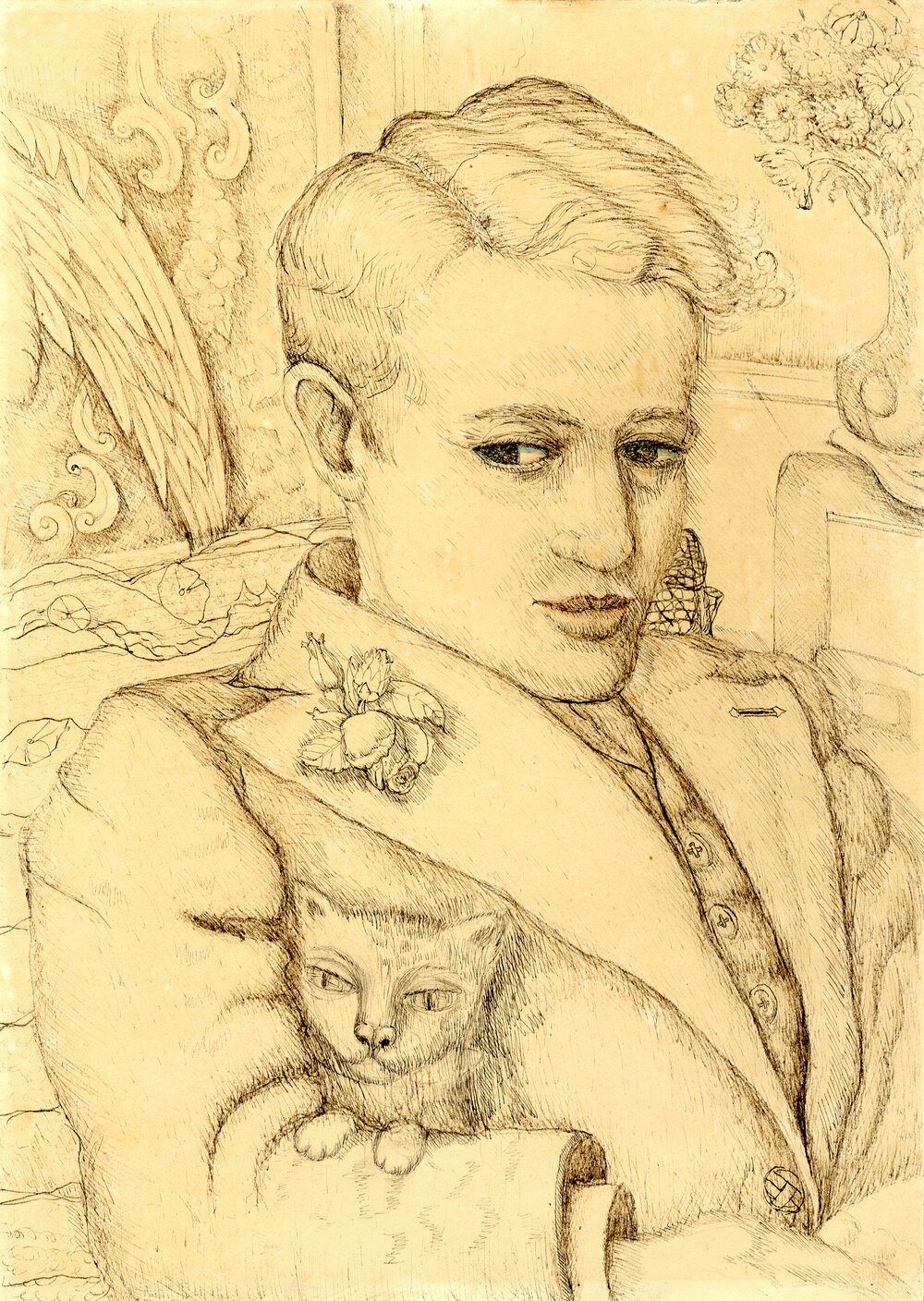
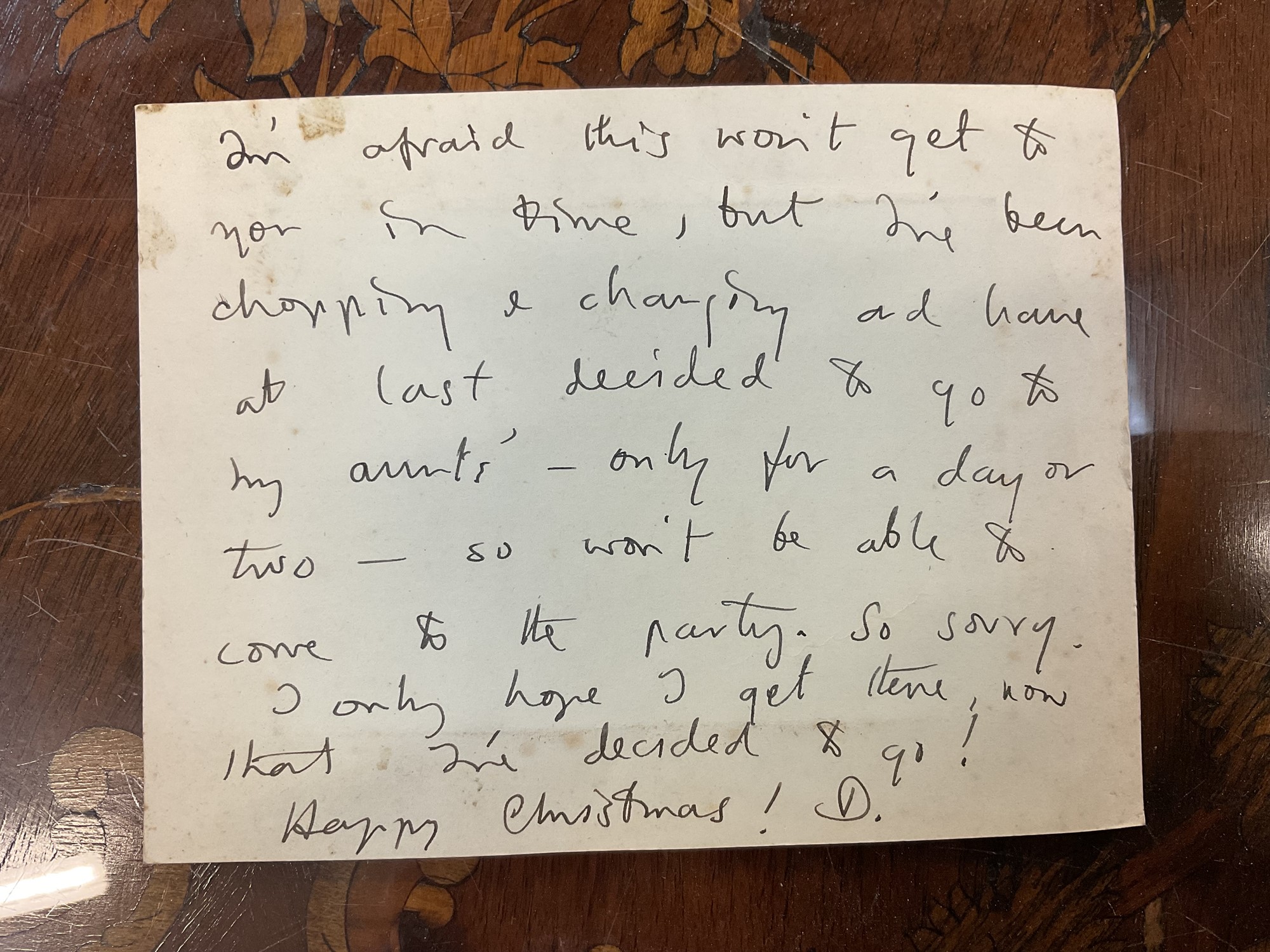
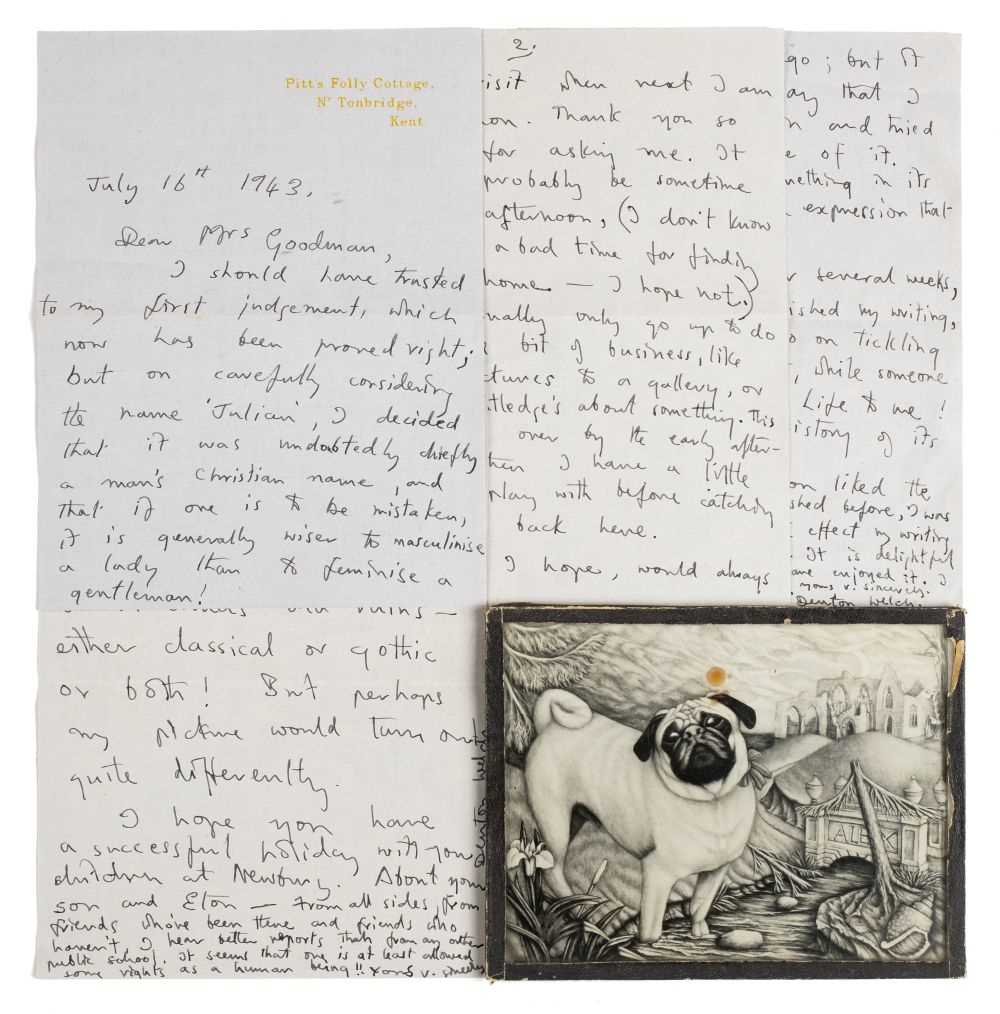
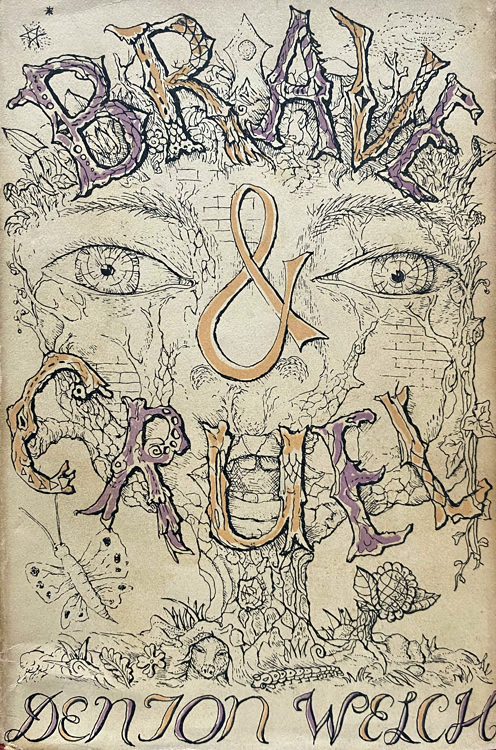




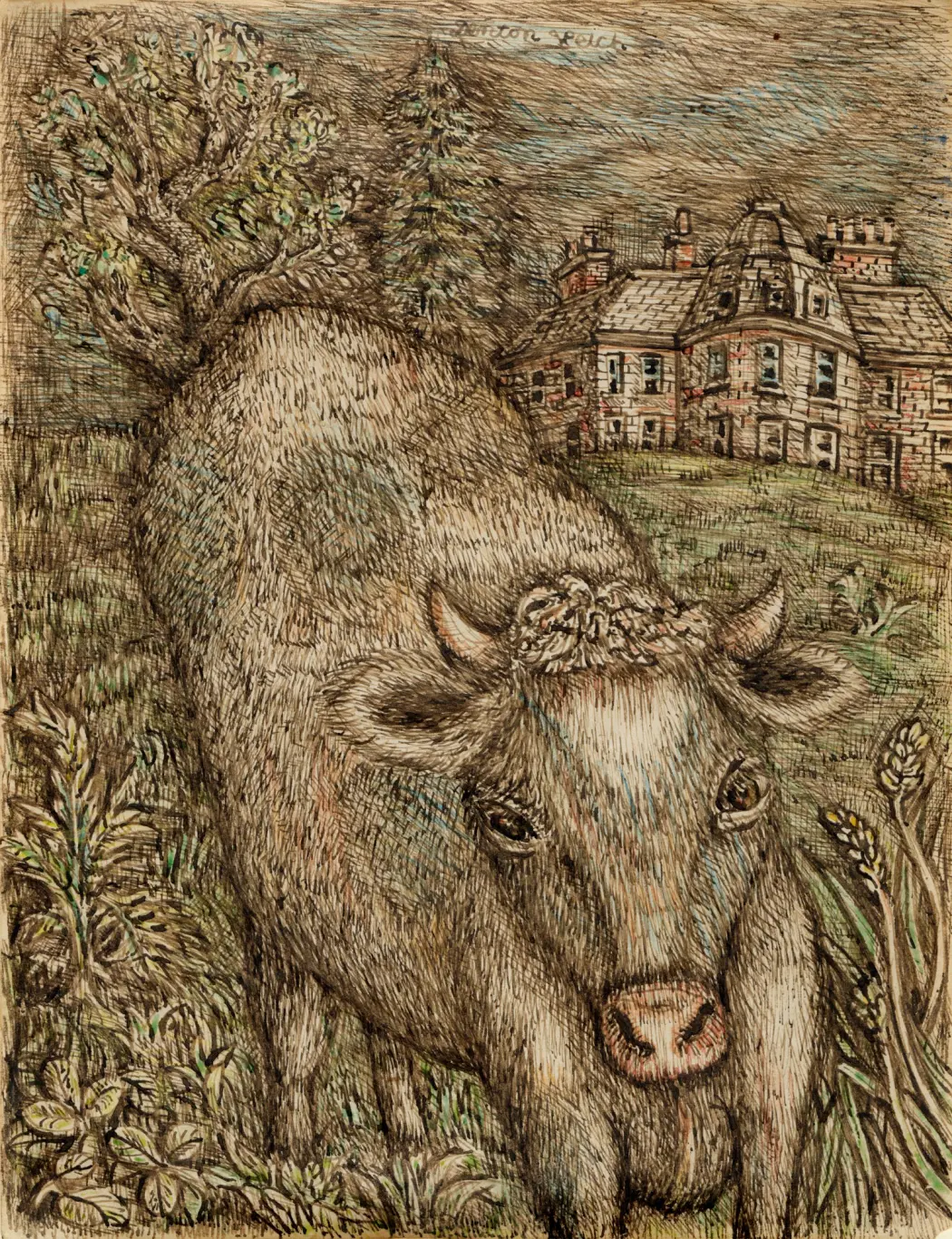
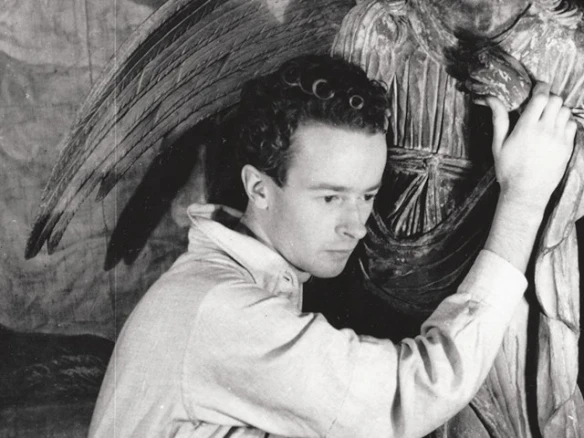
 Denton Welch In Youth is Pleasure
Denton Welch In Youth is Pleasure








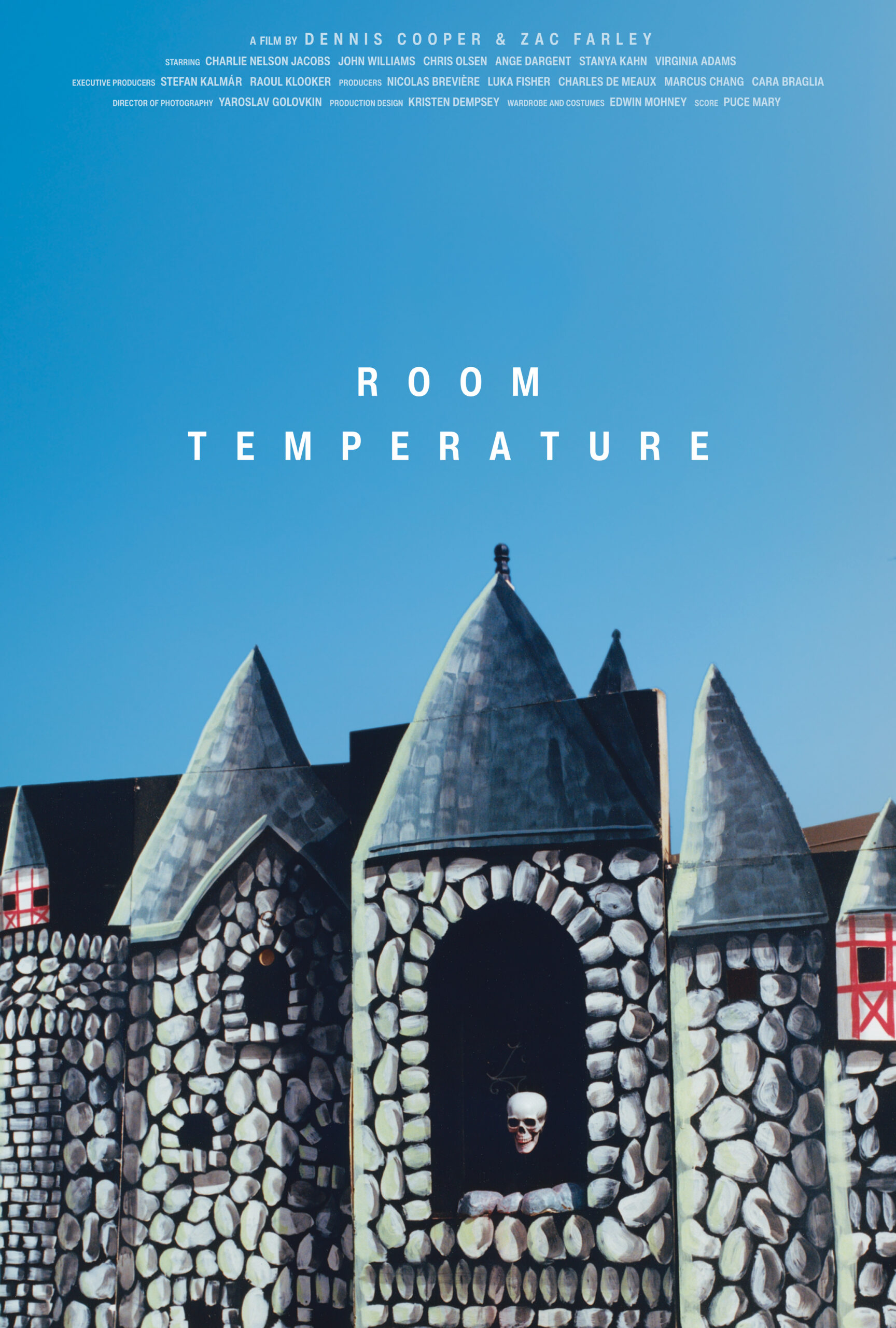



 Now available in North America
Now available in North America 